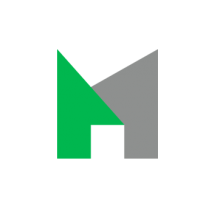Captain Cluny Macpherson: Developing Protective Equipment for Gas Warfare
This article was originally written and submitted as part of a Canada 150 Project, the Innovation Storybook, to crowdsource stories of Canadian innovation with partners across Canada. The content has since been migrated to Ingenium’s Channel, a digital hub featuring curated content related to science, technology and innovation.
After the Germans launched the first chemical gas attack of the First World War, in April 1915, at the Second Battle of Ypres, Allied commanders recognized the urgent need to devise countermeasures to protect soldiers from exposure to poison gas.
The Hypo helmet, a chemically treated bag that offered protection against chlorine gas, was developed later that year by Captain Cluny Macpherson, the Chief Medical Officer of the 1st Newfoundland Regiment. Worn over the head and tucked in at the neck, it remained in place much more easily than the chemical-saturated gauze padding previously issued to troops. However, it was cumbersome and stifling, and its chemical treatment irritated soldiers’ skin and eyes.
Dr. Macpherson’s mask design became the basis for the first gas mask issued to the British Army. Protecting soldiers from blindness, burns and internal injury, the gas mask was one of the most important innovations of the First World War. Gas masks continue to be used by firefighters, soldiers, and manufacturing workers around the world.
“I have been lucky enough to devise the helmet which has proved most efficient for protecting against the gases without at all immobilizing the men.” – Dr. Cluny Macpherson, in a letter dated 15 May 1915


















